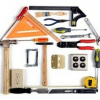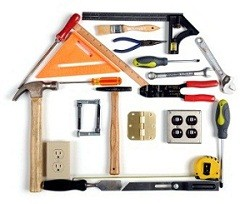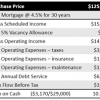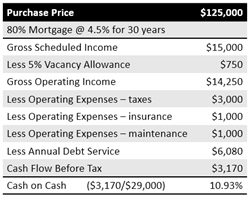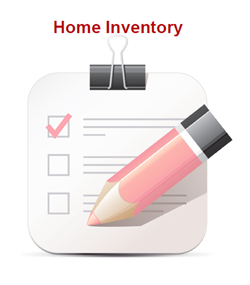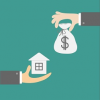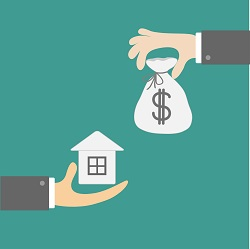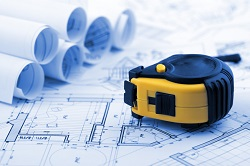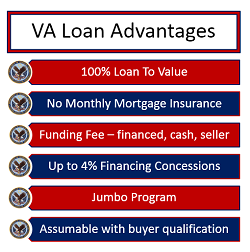
September is REALTOR® Safety month when special attention is focused on the security of having a home on the market and the concerns for the well-being of owners is a day-to-day effort. The following list may help sellers secure their home and minimize risk.
- Locks – doors and windows should be locked at all times. Additional locks like deadbolts or safety locks can provide a higher level of security.
- Home lighting – turn on the lights prior to purchasers arriving to improve the showing. Not only will they be able to see things better, it could prevent them hurting themselves unnecessarily. Outdoor motion-sensor lights provide additional security.
- Eliminate the possible hazards – try to identify anything that might cause a person to trip and fall such as loose objects on the floor or floor coverings that aren’t properly secured.
- Security system – If you have a security system, it should be monitored and armed, especially when you’re away from home. Most systems will allow you to program a temporary code that agents will be able to use based on your instructions.
- Prescription medications – remove or secure the drugs before showing the home.
- Secure valuables – jewelry, artwork, gaming systems; mail containing personal information like bank and credit card statements, investment reports; wine and liquor can also be a security issue.
- Remove family photos –pictures can be distracting to prospective purchasers but the concern at hand is to eliminate photos of a wife, teenage daughter or children that might provide information to a possible pedophile or stalker who could be posing as a buyer.
- Remove weapons – the reason to remove guns should be obvious to everyone but a knife block on the kitchen counter can become an opportunity of convenience.
- Unexpected callers – when some people see a for sale sign in the yard, they think that it’s an invitation to look at the home immediately. Keep your doors locked so that people can’t let themselves in. If they ring the doorbell and want to see the home but aren’t accompanied by an agent, ask them to call your listing agent.
These precautions should be taken before the photos or virtual tours are made. Having these items in plain sight in the pictures posted on the Internet can unwillingly provide prospective criminals with a menu of what is available.
Agents cannot protect a seller’s valuables other than to inform the owner of potential threats to their security. In most cases, the seller’s agent will not be present at home showings and even if they were, it is not always practical nor desirable to follow the buyers and their agent through the home.

